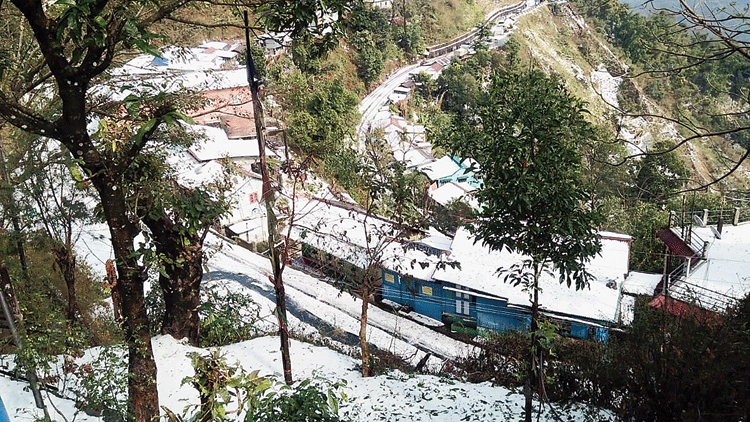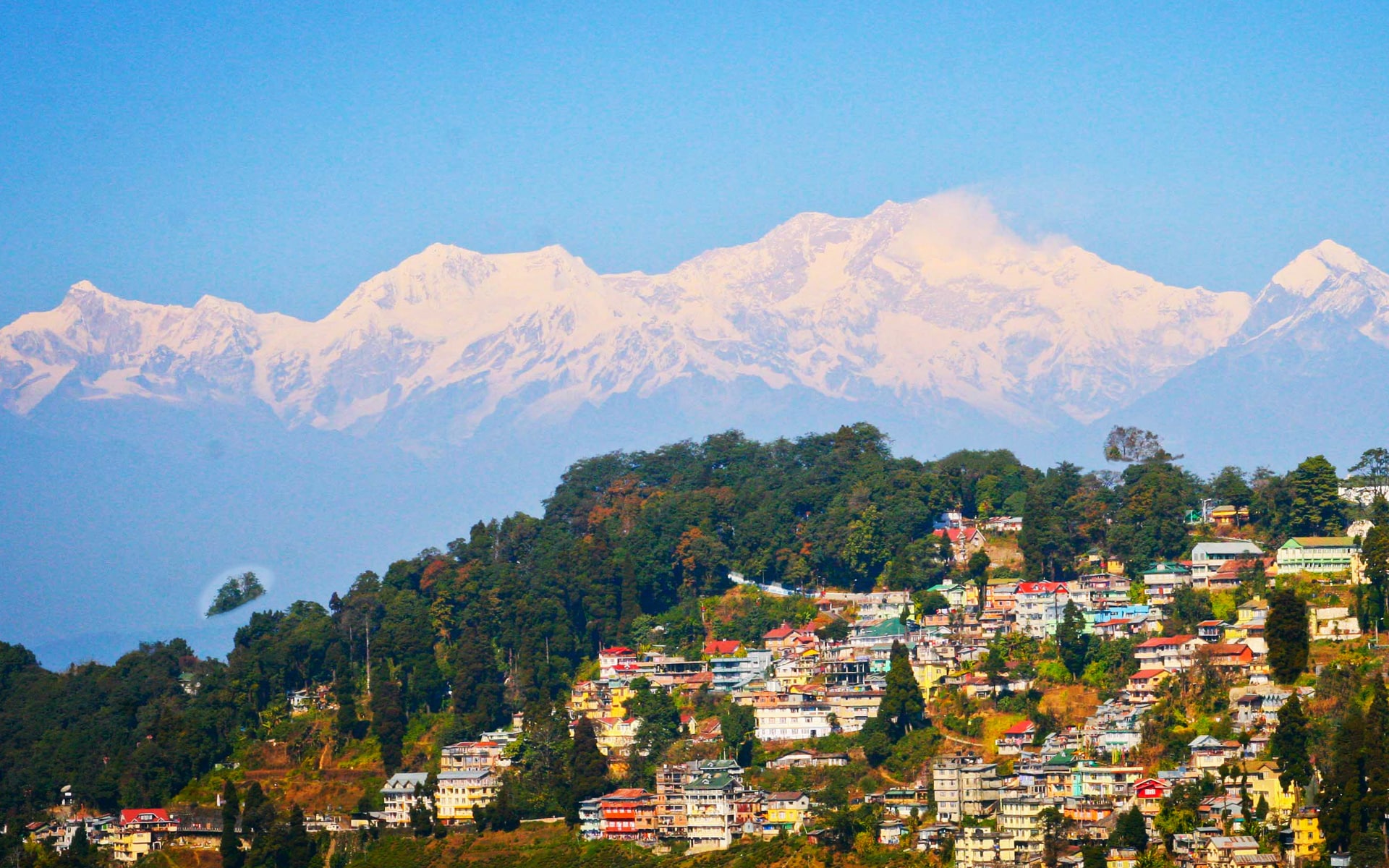Introduction
Siliguri temperature is a crucial aspect of life in this vibrant city nestled in the foothills of the Himalayas. Understanding the local climate is not just a matter of meteorological interest but impacts various facets of daily life. In this article, we delve into the various factors influencing Siliguri temperature, its seasonal variations, and the implications for residents and visitors alike.
Geographic Factors
Siliguri’s location plays a pivotal role in determining its temperature. Situated at the crossroads of several international borders, with the Himalayas to the north, the city’s climate is uniquely influenced by these geographical features. The mighty Himalayan range acts as a natural barrier, affecting temperature patterns throughout the year.
Seasonal Variations
Summer Temperatures
As the sun takes its annual journey north, Siliguri experiences warm summer temperatures. The season brings with it a burst of vibrant colors as flowers bloom, and the city comes alive with outdoor activities.
Monsoon Impact
The monsoon season brings relief from the heat but also ushers in heavy rainfall. The temperature, although cooler, can be accompanied by humidity, creating a unique atmospheric experience.
Winter Temperatures
Winters in Siliguri are characterized by a drop in temperature, offering a pleasant contrast to the summer months. The cool breeze from the Himalayas adds a refreshing touch to the city’s atmosphere.

Microclimates in Siliguri
While the overall climate of Siliguri is influenced by macro factors, microclimates within the city also contribute to temperature variations. Urban heat islands, created by human activities, contrast with the cooling effect of green spaces.
Factors Affecting Siliguri’s Temperature
Altitude
The city’s altitude contributes to temperature variations, with higher areas experiencing cooler temperatures compared to lower regions.
Proximity to Water Bodies
Siliguri’s proximity to water bodies, including rivers, affects its temperature. Bodies of water can act as natural temperature regulators.
Vegetation Cover
The extent of greenery in and around Siliguri impacts local temperatures. Well-forested areas may experience cooler temperatures than urbanized regions.
Historical Temperature Trends
Records of past temperature fluctuations in Siliguri Weather reveal interesting patterns. Understanding historical data is crucial for comprehending the impact of climate change on the Siliguri temperature.
Impact on Daily Life
The temperature in Siliguri significantly influences agriculture and health. Farmers adapt their practices based on temperature patterns, and residents must consider the climate’s impact on their well-being.

Coping Mechanisms
Local communities and the government implement various strategies to cope with temperature extremes. From traditional practices to modern initiatives, Siliguri showcases resilience in the face of climatic challenges.
Tourism and Temperature
For tourists planning a visit to Siliguri, understanding the temperature patterns is essential. Different seasons offer distinct experiences, influencing the choice of activities and attractions.
Future Predictions
Climate forecasts for Siliguri provide insights into potential changes in temperature patterns. Monitoring these predictions is crucial for adapting to the evolving climate.
Tips for Residents
Residents can adopt practical measures to cope with extreme temperatures and contribute to energy-saving practices. Small changes in daily habits can collectively make a significant impact.
Conclusion
In conclusion, temperature in siliguri is a dynamic aspect of its identity Siliguri Temperature, shaped by geographic, historical, and human factors. Understanding these nuances is key to adapting to the local climate and ensuring sustainable practices for the future.
